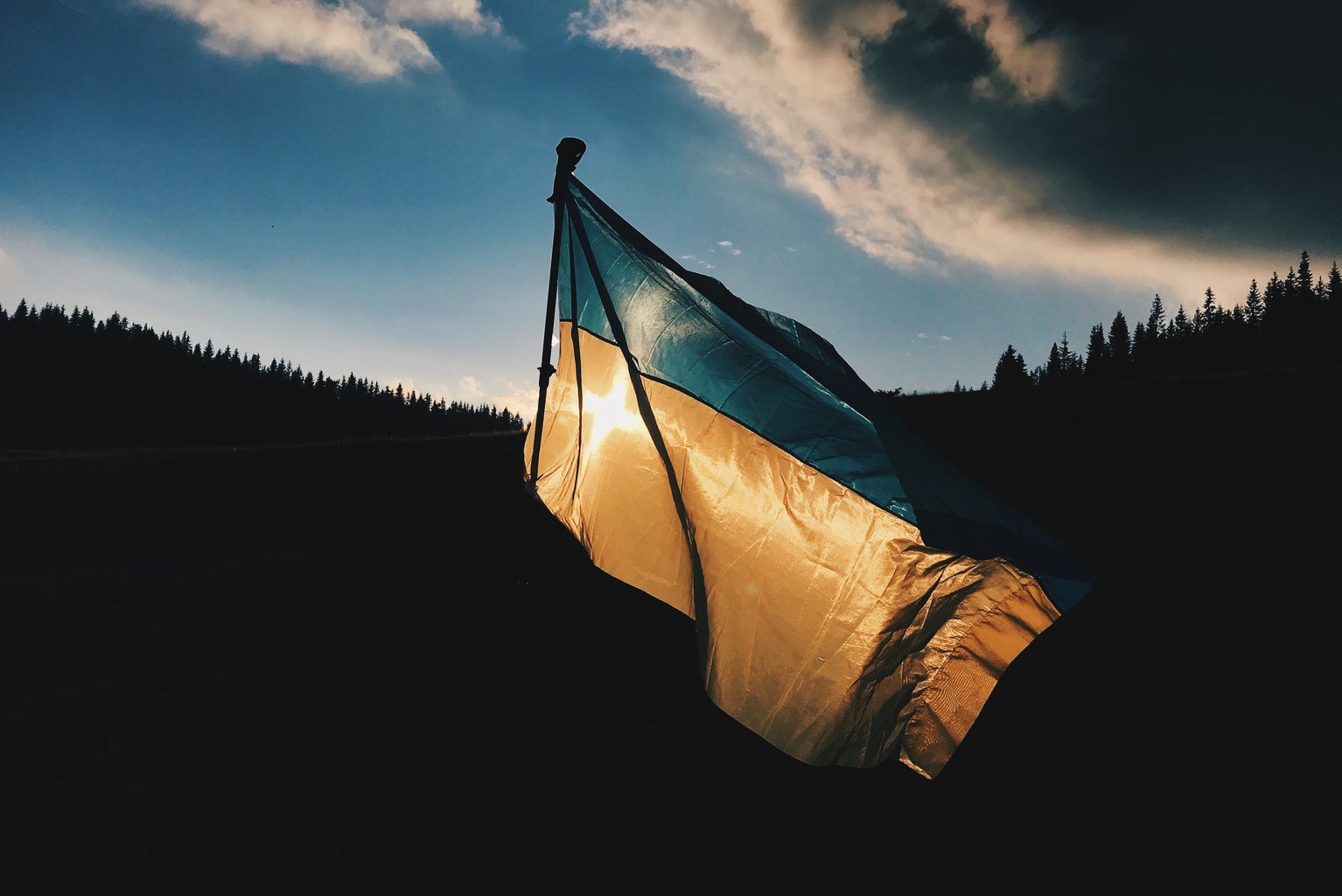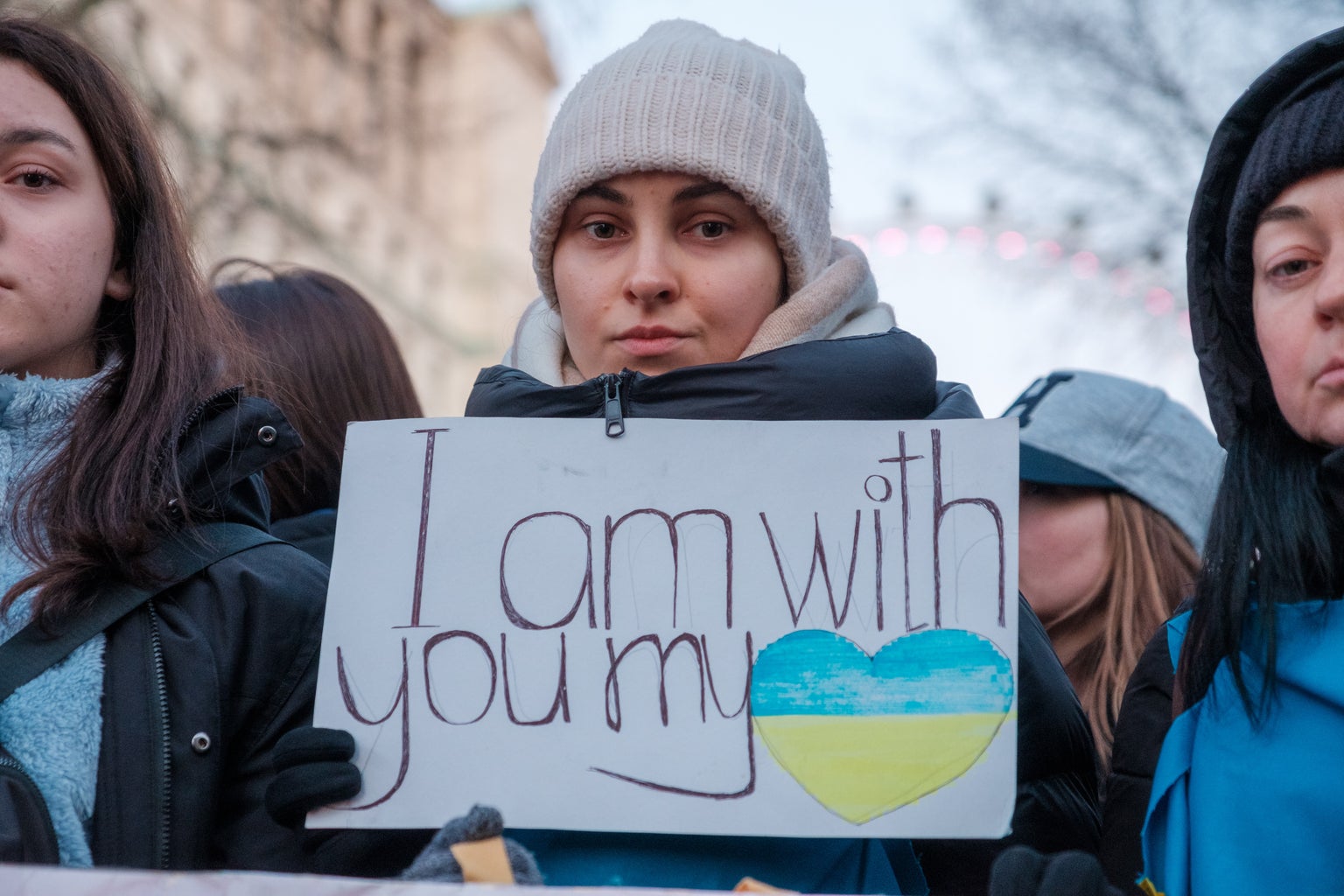On February 24, the Russian troops attacked Kyiv and Kharkiv, which brought media attention to the conflict, due to deaths and destruction. Marking three weeks since the first attack, 1,452 people died and 2,348 got injured, according to the Office of the UN High Commissioner for Human Rights. Meanwhile, ONU states that 2.97 million left the country and at first sight, the number expected was four million, but at this pace, it will increase.
What we have to understand is that this conflict is not a nowadays exclusivity, being more ancient and complicated than you imagine. To make you understand everything that leads to a Ukraine x Russia moment this year, here’s a complete timeline of the events since the beginning.
19th to 20th century
Ukraine was incorporated and became a Russian province, because of its access to the sea, fertile lands, and the desire to transform them into one nation.
In the social and cultural ambit, they got subdivided as a Russian tribe or “little Russian” losing their identity. All the publications in their native language were prohibited, and as a consequence in 1897, only 13% were alphabetized. When a semi-constitutional monarchy took place in 1905, this started to change and Ukraine got a bit of autonomy, even electing an assembly.
Galicia was an administrative region in Austria, where Polish and Ukrainians lived, with a bigger social and national development than in the Russian area, but that didn’t eliminate all the poverty of these people, also becoming a problem.
1914
During the first world war, any cultural organization was prohibited, and important figures were arrested or exiled. Ukraine was split in two, between the Russian Empire and Austro-Hungarian, and Ukrainians fought on both sides, causing ideological diversions. The Bolsheviks, members of the Russian social-democratic worker’s party — led by Vladimir Lenin, who defended a socialist revolution — were able to conquer the majority of the territory.
And while Russian troops advanced to Galicia, Austrians executed anyone who was a suspect of supporting the enemies.
1917
As a consequence of the war, an independence movement started to rise. While the February revolution was happening in Russia, the Ukrainian republic rose and proclaimed an autonomous region, declaring support to the provisional government.
1918
The Bolsheviks regained power, frustrating the nationalists, leading them to declare independence.
After signing the treaty of Brest-Litovsk, with the goal of peace between Russia and Germany, Ukraine started to belong to the Germans. But after Germany lost, the treaty was annulled and once again, the Bolsheviks attacked Kyiv.
1920
Not long after, Poland wanted to expel the Bolsheviks, so started a battle. As a resolution, Ukraine got divided once again, now between Poland and the newfound Soviet Union. As expected, many victims were caused during those battles, including Jewish and innocents.
1922
The Soviet Union was founded and commanded by the communist party, with a repressive and totalitarian government.
1932-1933: Stalin decreed the collectivization of farming, which means that all the agriculture had to be produced in public farms and all products belonged to the Soviets, the profit was used for industrial development leading to a humanitarian crisis. Farmers were demanded to give away their land and tools, everyone who resisted was either arrested, killed, or sent to forced labor camps.
Due to this state, Ukrainians encountered a major lack of food and similar. This period is known as Holodomor, in Ukrainian means Death by starvation, and according to the United Nations declaration, around 3.5 million died during those years (13% of the population).
1941-1944
German forces entered Ukraine, according to the holocaust memorial museum. Around 160,000 Jews lived in the capital, and within a few months, more than half flew the country or were serving in the Soviet army. During this period, occurred the Massacre at Babyn Yar which was a mass shooting executed by the Nazis, that killed 100,000.
The Ukrainians who aligned with the Nazis viewed them as saviors from the soviets
1991
With the end of the Soviet Union, Ukraine was able to become an independent country and get control over several nuclear weapons. They had 27 to 37 more potential than the atomic bomb that destroyed Hiroshima.
1994
The Budapest Memorandum was a treaty signed between Russia, the United States, United Kingdom, meaning that Ukraine should adhere to the NPT (treaty on the non-proliferation of nuclear weapons) and give back the weapons to Russia, in exchange those countries would respect their independence, national sovereignty, and the existing borders.
2014
In February, Russia sent troops to Crimea and took control, initiating a new conflict, because apart from the fact of an invasion, Putin also broke the Budapest Memorandum. In the meantime, Ukrainians had deposed president Viktor Yanukovych, who was friendly to Russian interests.
In March, the Crimean supreme council scheduled a referendum that consisted of two options: Joining Russia or returning to the 1992 constitution. Those who wanted to continue a part of Ukraine with the current constitution had no choice. With 96.7% Crimea became a part of Russian territory. Later on, a report made by the Russian president’s human rights got leaked and showed that only 30% voted in favor of the annexation (Crimea continues to be a part of Russia).
Donetsk and Luhansk People’s Republic, two regions in Donbas (located in the southeast) declared independence and aligned with Russia. Leading to a conflict between Pro Russia and Pro Ukraine.
2015
The Minsk agreements are signed in Belarus, consisting of a set of measures, like a ceasefire, exchange of prisoners, humanitarian assistance, but that was violated on both sides.
2019
Volodymyr Zelensky is elected president (with 73%). Defending the rapprochement with western countries, integrate NATO (North Atlantic Treaty Organization) and join the European Union.
2021
Putin started to seek ways to prevent Ukraine from joining NATO, and in his vision, they had promised: “not to move an inch to the east”. He also stated that Russians and Ukrainians are one nation, and now the west is forcing a change of identity.
2022
Putin recognized Donetsk and Luhansk as independents. Two days later, the first airstrike happens, followed by land attacks capturing the cities of Shchastya and Stanytsia.
The west applied financial sanctions, such as closing the aerial space, not buying more oil or other products. These sanctions are ways of condemning Russia.
In general, the attack is happening because in Putin’s words he declared that Russia can not feel safe, develop and exist under the threat of modern Ukraine. He also said that one of
His goal is to demilitarize and “deNazification” the country. (Ukraine is a democracy and led by a Jewish president).
For more details on each week of the conflict, check:
First week: here
Second week: here
All sources used for this article:
- Britannica
- European studies blog
- Holocaust Encyclopedia
- Brookings
- BBC
- Made for minds
- Aljazeera
- E Biografia
–—————————
The article above was written by Beatriz Gatz and edited by Nicoly Bastos. Liked this type of content? Check out Her Campus Casper Libero for more!




